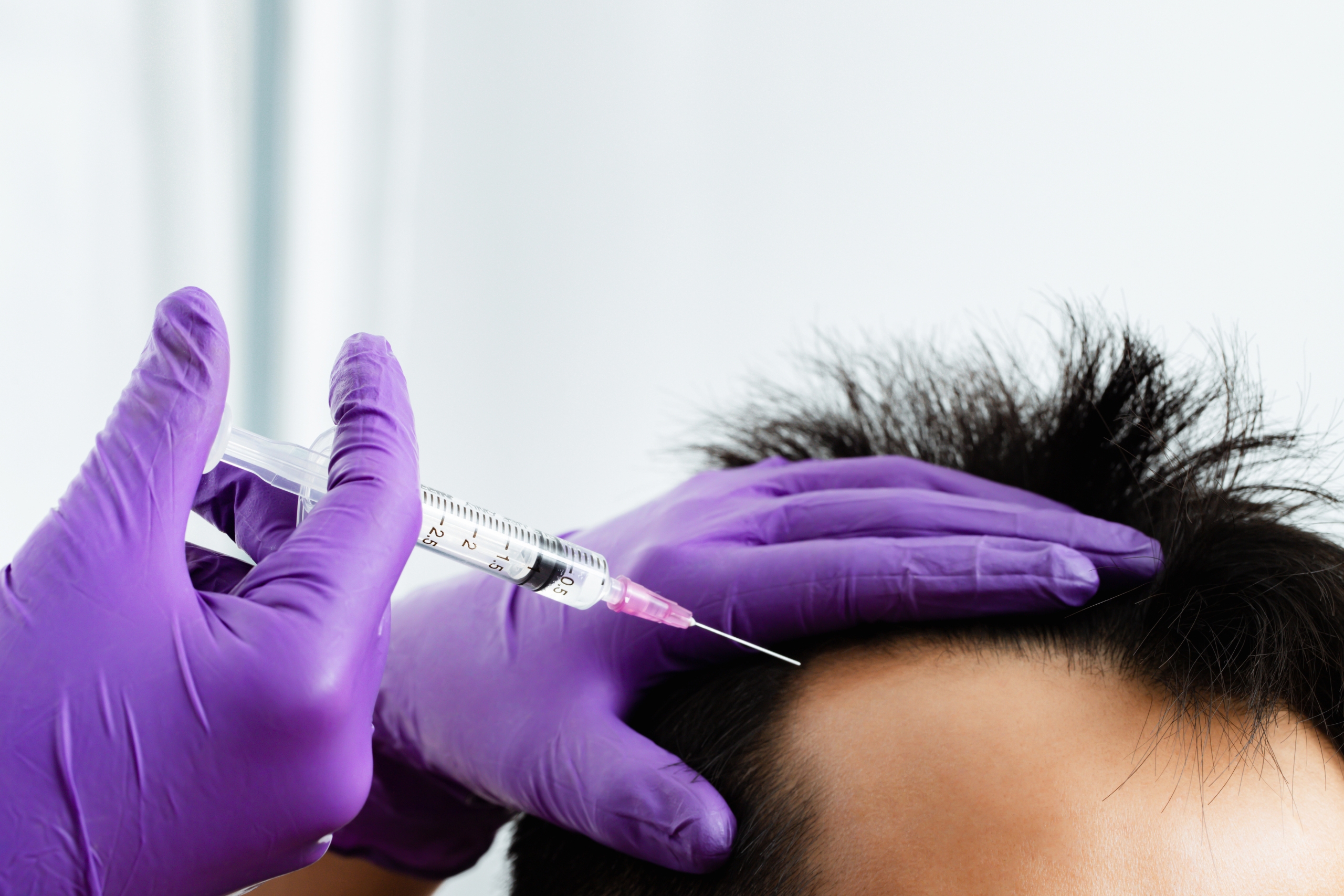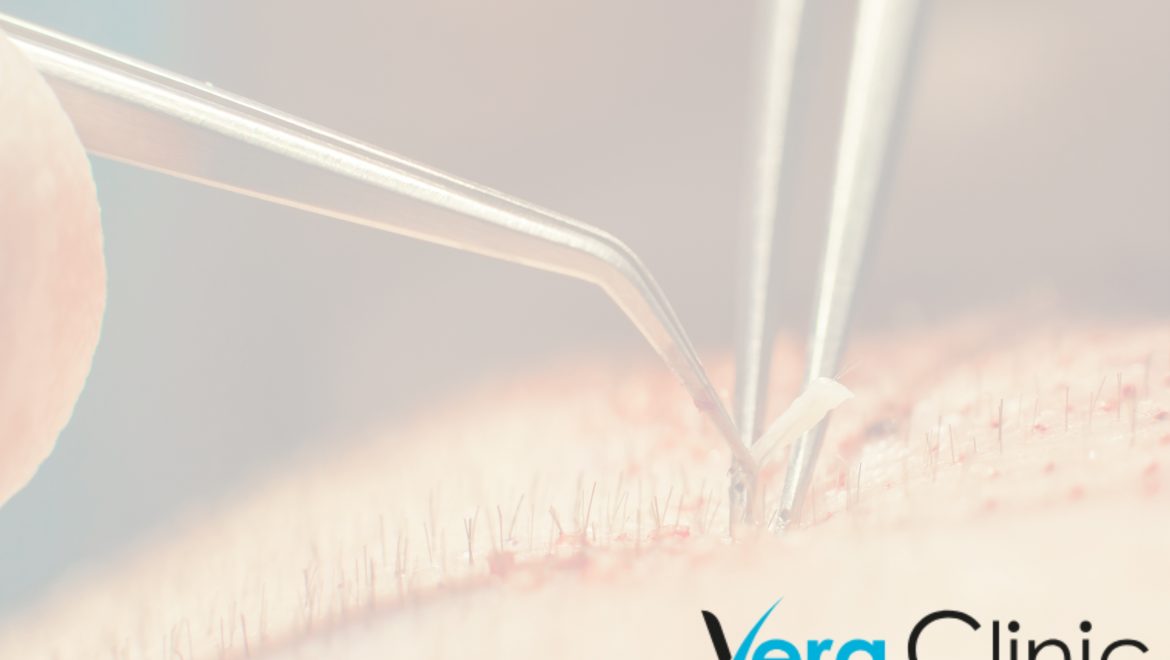Hair transplant procedures have become increasingly popular in recent years, as more individuals seek ways to combat hair loss and restore their confidence. Among the countries known for their expertise in this field, Turkey stands out as a top destination for individuals seeking hair implant procedures. The country boasts state-of-the-art medical facilities, experienced surgeons, and competitive prices, making it an attractive option for those who are considering undergoing a hair transplant.
While the hair implant procedure itself plays a crucial role in achieving the desired results, the recovery process is equally important for ensuring long-lasting outcomes. Understanding what to expect during the recovery phase can help individuals make informed decisions and prepare themselves mentally and physically. From post-surgery care instructions to managing potential side effects, the recovery process is a key component of the overall hair implant experience.
In this article, we will guide you through the various aspects of the recovery process following hair implant procedures in Turkey. We will provide valuable insights and advice on how to navigate this phase successfully, ensuring optimal healing and the best possible results. Whether you are considering a hair transplant in Turkey or have recently undergone the procedure, this article aims to equip you with the knowledge and guidance needed to have a smooth recovery journey.
Immediate Post-Operative Period
After undergoing hair implant surgery in Turkey, patients may experience some mild discomfort, swelling, and redness around the treated areas during the immediate post-operative period. This is a normal part of the healing process and should subside over time. It is crucial for patients to follow the clinic’s instructions for post-operative care in order to ensure a smooth recovery.
One of the key aspects of post-operative care is medication usage. The clinic will typically prescribe specific medications to help manage any discomfort or swelling. It is important for patients to take these medications as directed, as they can help alleviate any pain and promote proper healing. Additionally, patients should avoid any strenuous activities that could put excessive pressure or strain on the treated areas. This can help prevent any complications and ensure optimal results.
The immediate post-operative period after hair implants Turkey may involve mild discomfort, swelling, and redness. By following the clinic’s instructions for post-operative care, including medication usage and avoiding strenuous activities, patients can help facilitate a smooth recovery process. Proper adherence to these instructions will ultimately contribute to the success of the hair implant procedure and the satisfaction of the patient.
First Week After Surgery
Patients should experience scalp edema and scabbing during the first week after surgery. These transitory adverse effects may occur when the body heals surgical areas. Patients must realize that this is typical healing and not a reason for worry.
Patients should follow care guidelines to speed recovery and improve outcomes. Gentle hair washing is essential to keep treated areas clean. Patients should use a gentle wash and prevent scalp scraping. Avoid disturbing scabs and healed skin at this period.
Patients should also avoid scratching or plucking treated areas. Itching is normal during healing, but scratching may cause issues and prolong recovery. A prescribed calming solution or gentle patting may relieve itching without damage.
Proper care and maintenance are essential for scalp healing in the first week following surgery. Patients may improve their healing by following their doctor’s advice and being careful about cleaning and scratching.
Weeks 2-4: Healing and Early Growth
During weeks 2-4 of the healing process after a hair transplant surgery, patients can expect to see a gradual reduction in swelling and scabbing. As the scalp continues to heal, the discomfort and tightness experienced during the initial stage will start to lessen.
This period is essential for the development of early hair growth. Patients may notice the emergence of new hair follicles as they begin to take root in the transplanted area. Although the hair will initially be thin and fine, it is an encouraging sign of the regrowth process.
Even as the healing progresses, it remains crucial for patients to adhere to the post-operative care instructions provided by their surgeon. Protecting the scalp from direct sunlight and harsh chemicals is particularly important during this phase. Exposing the scalp to these elements can increase the risk of damage and hinder the healing process. Wearing a loose-fitting hat or using a high-SPF sunscreen can help shield the scalp from the sun’s harmful rays, while refraining from using strong hair products or dyes will prevent irritation.
By following these precautions and regularly monitoring their progress, patients can continue to ensure a successful healing process during weeks 2-4 and promote early hair growth.
Months 1-3: Growth and Maturation
During months 1-3 post-surgery, individuals who have undergone hair transplantation can expect to witness the initial signs of hair growth and maturation. At this stage, the transplanted hairs start to emerge and take root in the recipient area. Patients may begin to notice small, thin hairs sprouting from the transplanted follicles, which gradually increase in density over time.
However, it is crucial to note that patients may also experience a temporary shedding of these newly transplanted hairs during this period. Known as “shock loss,” this shedding can be a cause of concern for many individuals. However, it is a normal part of the hair transplant process and should not be a cause for alarm. The shedding occurs because the trauma of the surgery temporarily disrupts the hair follicles, causing them to enter a resting phase and eventually fall out.
Fortunately, this shedding phase is generally short-lived. In the following weeks, patients can expect to see the emergence of new, permanent hair growth. As the follicles recover and experience renewed blood flow and nutrient supply, they begin to regenerate and produce more robust and healthier hair strands. The transplanted hairs gradually thicken and mature over time, resulting in a natural-looking hairline and improved density of the recipient area. With careful post-surgery care and patience, individuals can witness the transformative effects of their hair transplant during the crucial months 1-3.
Months 3-6: Visible Improvement
During months 3 to 6 post-surgery, patients often begin to notice visible improvement in their hair density and coverage. This stage marks a significant milestone in the hair transplant process, as the transplanted hairs continue to grow and mature.
As the transplanted follicles enter the anagen phase of the hair growth cycle, they start producing new hairs that gradually become thicker and longer over time. With each passing month, the density of these new hairs increases, resulting in improved coverage and a fuller appearance.
Furthermore, the continued growth and maturation of the transplanted hairs contribute to a more natural-looking result. The newly transplanted hair blends seamlessly with the pre-existing hair, creating a harmonious and undetectable hairline. The transplanted hairs also gain texture and thickness, matching the characteristics of the surrounding hair. This gradual and natural progression gives patients a sense of reassurance and satisfaction as they witness the results of their hair transplant procedure.
Overall, months 3 to 6 post-surgery mark a crucial period where patients can observe visible improvement in hair density and coverage. The continued growth and maturation of transplanted hairs contribute to a more natural-looking result, further enhancing the patient’s appearance and self-confidence.

Conclusion
In conclusion, the recovery process following hair implants Turkey requires patience and strict adherence to post-operative care instructions. Patients are encouraged to closely communicate with their surgeons and clinics in Turkey to ensure a smooth and successful recovery. With proper care and patience, individuals undergoing hair implant procedures can expect to see gradual improvement in hair density and appearance over time. It is important to follow the guidance of the medical professionals to achieve the desired results and maintain the longevity of the hair implants. By following these steps, patients can ensure a positive outcome and enjoy the benefits of their hair implant procedure in Turkey.
